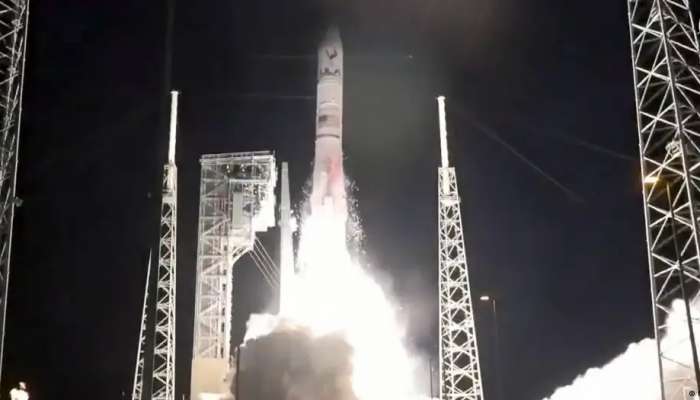
Florida: The first US-based spacecraft to attempt a moon landing in more than half a century is facing failure merely hours after it blasted off.
The "Vulcan" rocket, built by Boeing and Lockheed Martin's "United Launch Alliance" (ULA), lifted off from the Cape Canaveral Space Force Station in Florida. 2:18 a.m. (718 GMT) early on Monday morning.
On board the rocket is Astrobotic Technology's lunar lander, "Peregrine."
The Pittsburgh-based private space robotics firm aimed to be the first private company to land a craft on the moon.
However, reports of a "critical loss" of fuel suggested the mission was doomed to fail.
Hours after takeoff, Astrobotic began reporting technical troubles. It first said it was unable to orient the lander's top-mounted solar panel toward the Sun in order to maintain charge on its onboard battery. It said this was due to a malfunction in a propulsion system.
Engineers said they "improvised" a way to tilt Peregrine in the right direction, succeeding in maintaining its power.
However, the company then announced that the same propulsion failure appeared to be the cause of a "critical loss of propellant."
"We are currently assessing what alternative mission profiles may be feasible at this time," Astrobotic said.
The statement was interpreted as an admission that the Peregrine would not achieve a controlled touchdown on the Moon as planned.
Images from a mounted camera showed extensive damage to an outer layer of the spacecraft
A propulsion system problem "threatens the ability of the spacecraft to soft land on the moon," the company said. The lander is equipped with engines and thrusters for maneuvering, not only during the cruise to the moon but for lunar descent.
What could happen next?
Astrobotic said on Monday night that the craft had approximately 40 hours of fuel remaining before it would enter an "uncontrollable tumble."
"At this time, the goal is to get Peregrine as close to lunar distance as we can before it loses the ability to maintain its Sun-pointing position and subsequently loses power," the company said,
Observers speculated whether the craft may attempt a controlled descent or a crash landing on the lunar surface.
NASA also addressed the challenges faced by the moon mission.
"Each mission is an opportunity to learn. We're proud to work with our partners to advance exploration of the Moon," the US national space agency said on social media.
The flight was scheduled to touchdown on February 23. The Peregrine lunar lander's anticipated mission was meant to gather data about the lunar surface ahead of planned future human missions.
Peregrine would have marked the first US soft landing on the moon since the final Apollo landing in 1972.